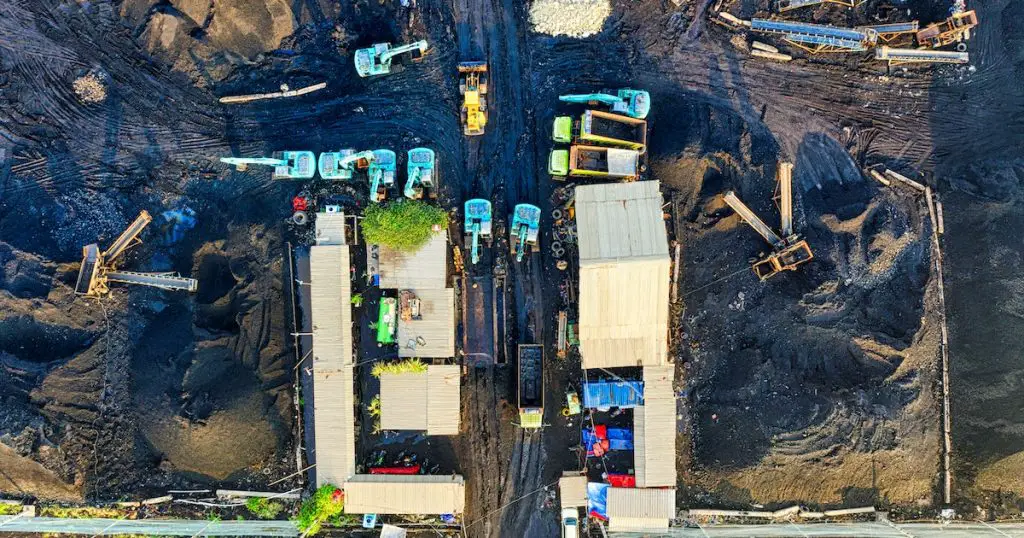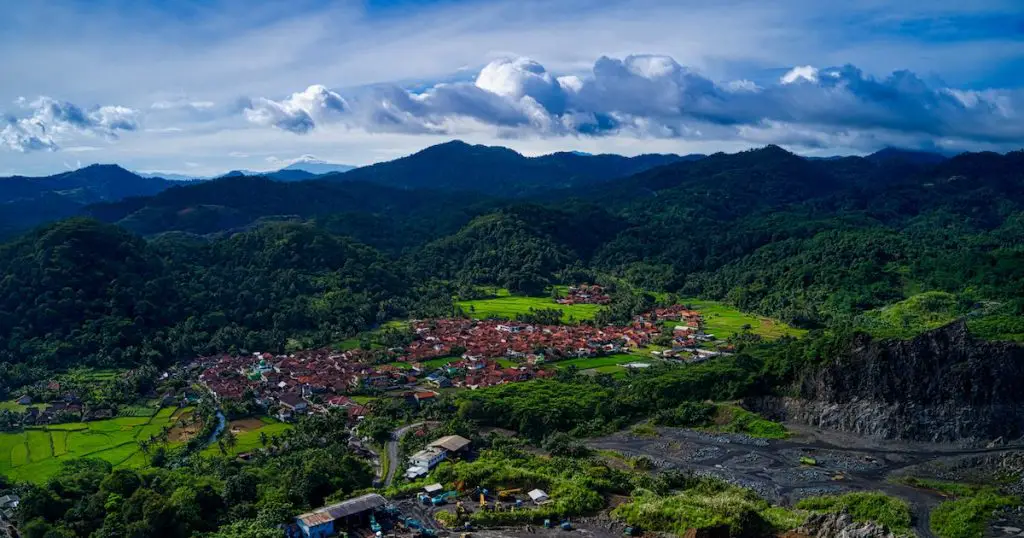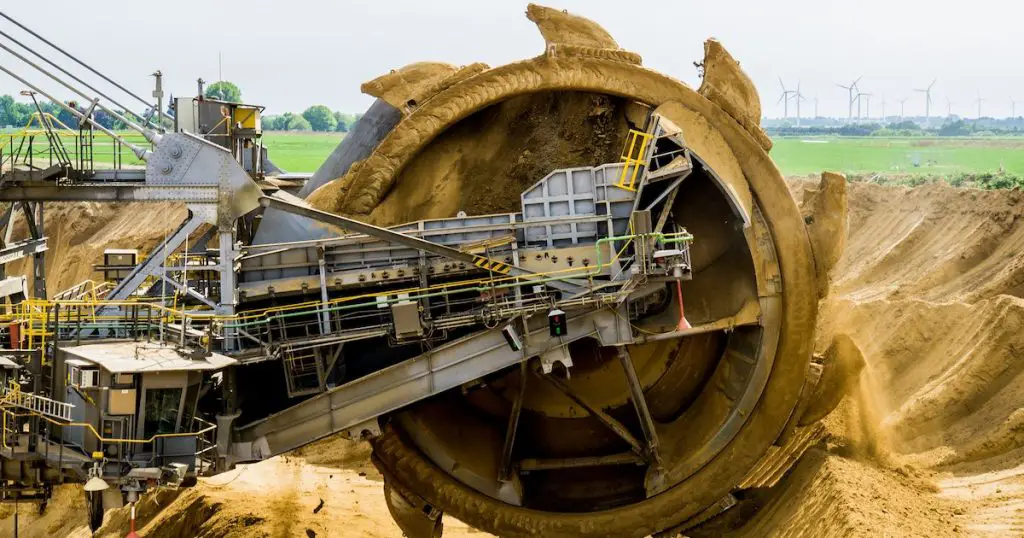Nestled in the mountains of Arizona lies the enchanting city of Prescott. Known for its rich history and captivating landscapes, its roots run deep in the annals of American mining.
This journey retraces the steps of Prescott’s mining pioneers, offering a glimpse into a world of determination, innovation, and legacy. Join me as we unearth the tales of these trailblazers and discover how they shaped the Prescott we know and love today.

The Early Settlers: Who Were the Pioneers?
The fabric of Prescott’s mining history is woven with stories of brave souls who ventured into unknown territories. These pioneers, many hailing from the East Coast and European countries like England and Spain, embarked on treacherous journeys with dreams of striking gold and a brighter future.
Among them was the enigmatic John Miller, an Englishman who became one of the first settlers in the area. Known for his leadership and tenacity, Miller’s name is etched in numerous historical records. Another notable pioneer was Mary Simmons, a fierce prospector who defied the gender norms of her time and led several successful mining expeditions.
The influx of miners and settlers was no accident. Word of gold veins, reminiscent of the California Gold Rush, had spread, drawing individuals from diverse backgrounds, all driven by the allure of wealth and the promise of a new life.
The Promise of Precious Minerals: What Were They After?
Gold, shimmering and alluring, was the crown jewel for many of these pioneers. Legends of gold-filled rivers and hills became the talk of towns, enticing countless individuals to try their luck in the rugged terrains of Prescott.
Silver, with its radiant sheen, also played a significant role in the mineral boom. Mines like the renowned Silver King Mine stood as testaments to the vast reserves waiting to be tapped. And let’s not forget other valuable ores like copper, a metal which, according to Geology.com, became a mainstay in various industries, further bolstering the region’s economy.
This newfound mineral wealth wasn’t just about riches. It led to burgeoning towns, thriving trade routes, and a bustling community eager to stake its claim in the annals of history.
The Mining Technologies of Yesteryears
In the early days, mining was a testament to human endurance. With primitive tools like pickaxes, shovels, and pans, miners spent days sifting through dirt and rocks, hoping for that glittering nugget.

But as time progressed, so did the tools of the trade. The advent of hydraulic mining, a technique explored by Britannica, marked a significant shift. This method, although efficient, had its controversies due to its environmental implications. Innovations, like the stamp mill, a machine that crushed ore to extract precious metals, transformed the landscape of mining.
These technologies were symbols of human ingenuity and adaptability, setting the stage for modern practices.
Life in the Mines: The Daily Grind
Mining was far from the romantic tales of treasure hunts. It was grueling and fraught with dangers that organizations like MSHA today work hard to mitigate. The lack of safety equipment meant that miners were always at risk.
Yet, amidst the toil, a sense of camaraderie persisted. Miners would gather around campfires, sharing stories of their day, their families back home, and dreams of striking it rich. They formed tight-knit communities, supporting one another.
The food was simple but hearty. Entertainment came in the form of harmonicas, storytelling, and games. When illness struck, miners turned to rudimentary remedies, from herbs found in resources like the Native American Ethnobotany Database to potions, hoping to ward off ailments.
Supporting Industries and Their Significance
Mining spurred a myriad of supporting industries that were instrumental in the growth of Prescott. Transportation, especially, played a pivotal role. From rugged wagon trails to railways, these routes facilitated the movement of goods, people, and news.

Blacksmiths were the unsung heroes of the mining era. They crafted tools, repaired machinery, and provided invaluable services. Nearby, general stores popped up, offering everything from canned goods to clothing. Saloons provided a much-needed respite, reminiscent of the lively tales from the Wild West.
The ripple effect of mining was evident. It was about building a community, one that thrived on mutual support and shared aspirations.
Mining Communities: More Than Just Work
Mines flourished, and so did towns. Places that were once barren transformed into bustling hubs, complete with schools, churches, and theaters. These communities became melting pots of cultures, with settlers bringing in traditions and languages.
Life had its challenges. Mining towns often grappled with issues like sanitation and the threat of mine depletion. Yet, they persisted, fostering a sense of community that transcended these challenges.
Festivals and fairs became common. Schools ensured children received education, while churches provided spiritual guidance. These towns were more than mere settlements; they showcased the resilience and spirit of pioneers.
Challenges and Conflicts
Every tale of success is punctuated with challenges. Land disputes, often leading to lengthy legal battles, were common. The promise of wealth brought with it darker shades of human nature.
Environmental concerns posed significant threats. Rivers were polluted, and landscapes altered, leading to debates. Yet, as resources like the EPA show, environmental conservation wasn’t as prioritized as it is today.

FAQs:
In this section, we will be delving into some of the most common inquiries and curiosities that surround our topic.
Who were the most notable mining pioneers in Prescott?
Notable figures include John Miller, an ambitious Englishman known for his leadership, and Mary Simmons, who broke gender barriers with her successful mining expeditions.
What minerals were primarily mined in Prescott?
Gold was the primary mineral sought after. However, silver and copper were also significant, each playing a pivotal role in the region’s economic boom.
How did the mining community evolve over the years?
Initially starting with makeshift camps and temporary settlements, as mining flourished, so did the communities. Schools, churches, and theaters sprung up, turning these once-temporary zones into bustling towns. Over time, these towns integrated modern facilities, transforming them into the thriving communities that exist today.
What challenges did the miners face daily?
Daily life in the mines was grueling. Miners faced physical challenges like cave-ins, exposure to toxic fumes, and the constant threat of accidents. Additionally, they grappled with personal challenges like being away from families, the uncertainty of finding minerals, and adapting to a rugged lifestyle.
Conclusion
Prescott’s mining history paints a vivid picture of determination and community spirit. The pioneers didn’t just seek treasures; they laid the foundation for a city steeped in legacy. Their tales aren’t just of gold and silver, but of perseverance, resilience, and the quest for a better future.
Through their endeavors, they shaped a community that stands proud today. As we revisit the steps of these trailblazers, we’re reminded of their invaluable contributions and the indomitable human spirit that continues to inspire generations in Prescott and beyond.



Leave a Comment
You must be logged in to post a comment.